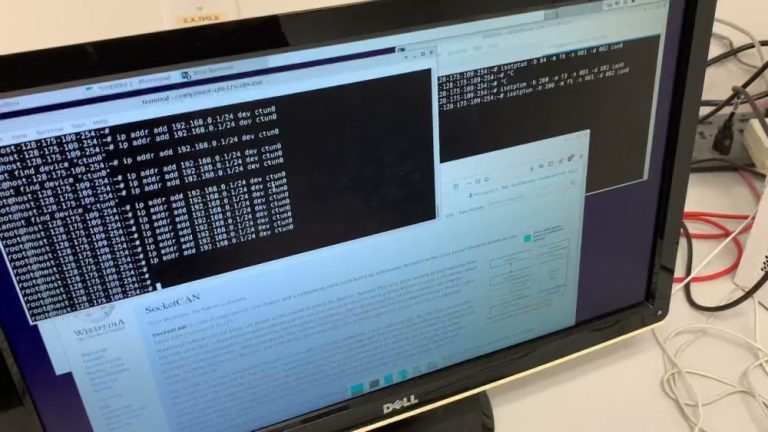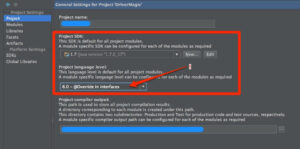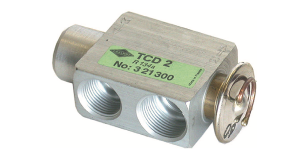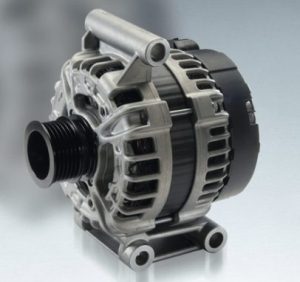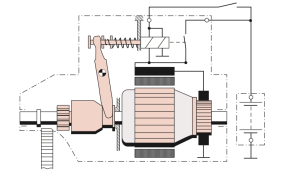SocketCAN is a Linux-based networking protocol that enables communication between devices over a Controller Area Network (CAN). This protocol has become increasingly popular in the automotive and industrial industries, as it allows for reliable communication between embedded systems and sensors. If you’re interested in using SocketCAN on your Linux-based system, then this blog post will guide you through the process of installing it.
Step 1: Check if SocketCAN is Already Installed
Before installing SocketCAN, you should first check if it’s already installed on your system. To do this, open a terminal and run the following command:
sudo modprobe canIf the command returns an error message, it means that SocketCAN is not installed on your system. If it returns nothing, then SocketCAN is already installed.
Step 2: Install SocketCAN
Assuming SocketCAN is not already installed, you can install it using the following steps:
- Open a terminal window and run the following command to install the can-utils package:
sudo apt-get install can-utils2.Once the package is installed, you’ll need to load the CAN module. Run the following command to do this:
sudo modprobe can3. Next, you’ll need to load the appropriate driver for your CAN hardware. To do this, run the following command, replacing “driver_name” with the name of the driver you want to use:
sudo modprobe driver_name
Note that different CAN drivers may have different names. Some common drivers include “can-usb” for USB-based CAN devices, “can-gw” for CAN gateways, and “can-dev” for virtual CAN devices.
Step 3: Configure SocketCAN
Once SocketCAN is installed, you’ll need to configure it to use your CAN hardware. To do this, you’ll need to know the name of the CAN interface on your system. You can find this by running the following command:
ifconfig -aLook for an interface with a name that starts with “can” (e.g. can0, can1, etc.). Once you’ve identified the name of your interface, you can configure it using the following command:
sudo ip link set <interface_name> type can bitrate <bitrate>Replace “interface_name” with the name of your CAN interface (e.g. can0), and “bitrate” with the desired bitrate for your network (e.g. 125000 for a standard CAN network).
Step 4: Test SocketCAN
To test that SocketCAN is working correctly, you can use the can-utils package that you installed earlier. For example, you can use the candump command to monitor the traffic on your CAN network:
candump <interface_name>Replace “interface_name” with the name of your CAN interface (e.g. can0). This command will display any messages that are sent or received on your network.
Conclusion
Installing SocketCAN on Linux is a straightforward process that involves installing the can-utils package, loading the appropriate driver for your hardware, and configuring your CAN interface. Once you’ve done this, you can use the can-utils package to test your network and monitor the traffic on your CAN bus. SocketCAN is a powerful tool that can enable reliable communication between embedded systems and sensors, making it an essential tool for anyone working in the automotive or industrial industries.
- What is CAN bus and why is it used? CAN (Controller Area Network) bus is a communication protocol used to allow microcontrollers and devices to communicate with each other in applications such as automotive, industrial, and medical devices. It is a reliable and robust protocol designed to handle noisy environments, and it allows for communication between devices using only two wires.
- How do I install CAN bus on Linux? To install CAN bus on Linux, you’ll need to follow these general steps:
- Ensure that your Linux distribution has support for SocketCAN, a set of CAN drivers and networking tools for Linux.
- Connect your CAN bus adapter to your Linux machine.
- Load the appropriate driver for your CAN bus adapter.
- Configure the CAN bus interface using the ip command.
- Test the CAN bus interface using tools like can-utils.
- Which CAN bus adapters are supported on Linux? Linux supports a wide range of CAN bus adapters, including USB-to-CAN adapters, PCI-to-CAN adapters, and serial-to-CAN adapters. Some popular CAN bus adapters that are supported on Linux include the Vector CANtech CANcaseXL, the Kvaser Leaf, and the Peak PCAN-USB.
- How do I load the appropriate CAN bus driver on Linux? To load the appropriate CAN bus driver on Linux, you’ll need to know the name of the driver for your CAN bus adapter. This information can usually be found in the documentation for your adapter. Once you know the driver name, you can use the modprobe command to load it. For example, to load the can-usb driver, you would run:
sudo modprobe can-usb
- How do I configure the CAN bus interface on Linux? To configure the CAN bus interface on Linux, you’ll need to use the ip command. For example, to configure the can0 interface with a bitrate of 500 kbps, you would run:
sudo ip link set can0 type can bitrate 500000
You can also configure other parameters, such as the sample point, the SJW (Synchronization Jump Width), and the phase segment values.
- How can I test the CAN bus interface on Linux? To test the CAN bus interface on Linux, you can use tools like candump and cansend, which are part of the can-utils package. For example, to monitor the CAN bus traffic on the can0 interface, you would run:
candump can0
This will display all CAN bus messages that are sent and received on the can0 interface. You can also use cansend to send messages on the CAN bus interface.

